World Heritage Day, celebrated annually on April 18th, offers the perfect excuse to explore extraordinary places that showcase humanity’s greatest architectural achievements and historical milestones. These destinations tell stories of civilizations past and present, connecting visitors to cultural legacies that have shaped our world.
The profound experience of standing before structures that have withstood centuries provides a perspective that few other travel experiences can match. Here is a list of 20 remarkable destinations that will captivate anyone passionate about history and architecture on World Heritage Day or any other day of the year.
The Ancient City of Petra, Jordan
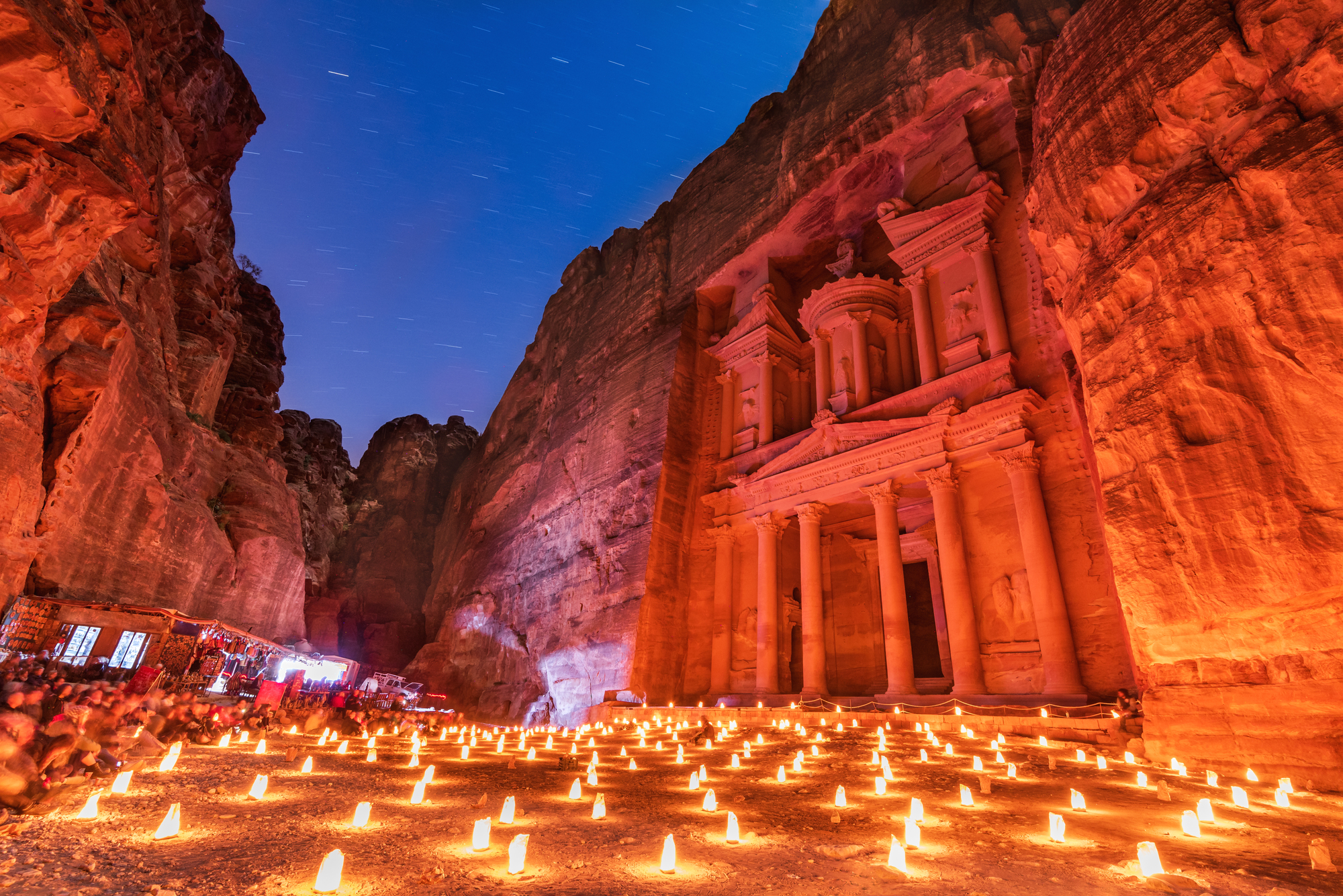
Half-built and half-carved into rose-colored cliffs, Petra reveals sophisticated engineering that predates modern tools by millennia. The famous Treasury facade emerges dramatically at the end of a narrow gorge, creating one of travel’s most memorable reveals.
Walking through this ancient Nabataean capital offers glimpses of an advanced civilization that controlled desert trade routes and mastered water management in one of Earth’s most arid environments.
Angkor Archaeological Park, Cambodia

The world’s largest religious monument complex spreads across more than 400 square kilometers of Cambodian jungle. Temple spires rise above the forest canopy, with Angkor Wat’s distinctive silhouette representing just one of dozens of magnificent structures.
The interplay between precisely carved stone and encroaching nature creates a haunting atmosphere that transports visitors to the height of Khmer civilization.
Like Travel Pug’s content? Follow us on MSN.
Acropolis of Athens, Greece

Perched above modern Athens, the Parthenon and surrounding temples stand as testaments to classical perfection and the birth of Western democratic ideals. The precisely calculated optical illusions built into these structures—including subtly curved floors and leaning columns—demonstrate architectural sophistication that continues to influence designers today.
Viewing these marble monuments at sunset, when they glow with golden light, heightens their dramatic presence against the Attic sky.
Historic Center of Florence, Italy

The birthplace of Renaissance humanism packs extraordinary artistic and architectural achievements into its compact historic core. Brunelleschi’s gravity-defying dome crowns the Cathedral of Santa Maria del Fiore, while palaces, piazzas, and bridges create a living museum of innovative design.
Walking these streets means following the same paths as Michelangelo, Leonardo da Vinci, and other masters who forever changed our conception of what architecture and art could achieve.
Great Wall of China

This defensive marvel stretches across varied terrain for thousands of miles, adapting ingeniously to mountains, valleys, and deserts. The wall’s construction techniques evolved over centuries, with each dynasty adding new sections and technological improvements.
Less-visited segments like Jinshanling or Simatai offer more contemplative experiences away from crowds, allowing visitors to appreciate both the engineering feat and the human cost of creating this massive structure.
Like Travel Pug’s content? Follow us on MSN.
Ancient Pyramids of Giza, Egypt

The last surviving wonder of the ancient world has not lost its power to astonish visitors after 4,500 years. The Great Pyramid of Khufu contains over 2.3 million blocks, many weighing several tons each, fitted together with astonishing precision.
Standing in their shadows at dawn, visitors connect with the ancient Egyptian conception of eternity and the afterlife that inspired such monumental construction.
Colonial City of Cartagena, Colombia
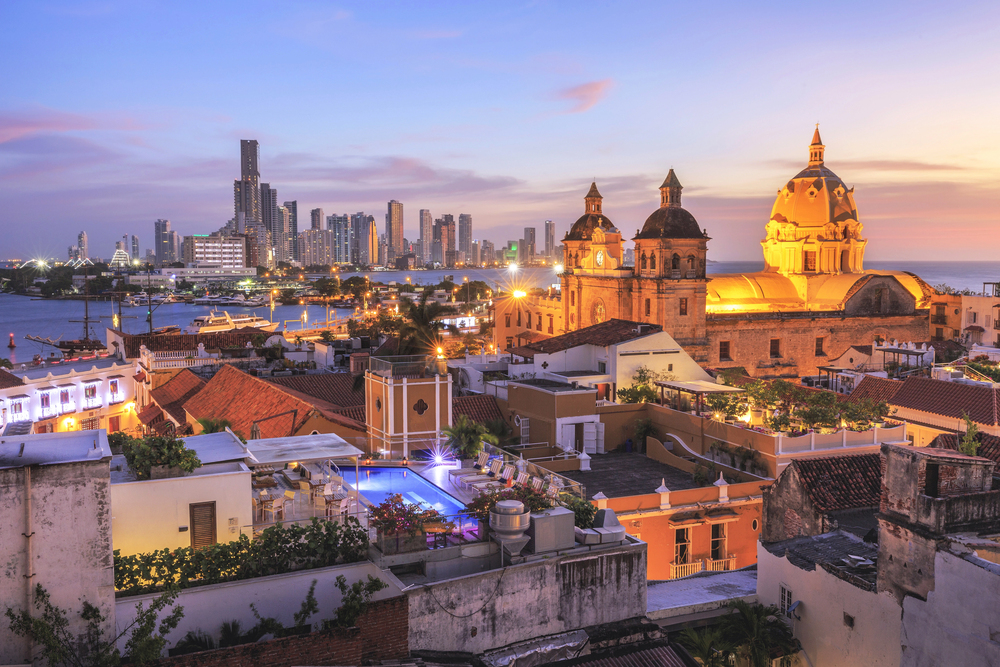
Colorful buildings with flower-draped balconies line the streets of this Caribbean port, protected by the most extensive fortifications in South America. The massive stone walls and fortresses successfully defended Spanish colonial interests against numerous pirate attacks and rival European powers.
Evening walks through the old city reveal architecture that blends European, African, and indigenous influences into a distinctly Colombian expression.
Kyoto’s Historic Temples, Japan

The former imperial capital preserves over a thousand years of Japanese architectural evolution across hundreds of temples, shrines, and gardens. Kinkaku-ji, the Temple of the Golden Pavilion, reflects on a tranquil pond, while Ryoan-ji’s rock garden represents the epitome of minimalist design.
Cherry blossom season transforms these historic sites into ethereal landscapes that embody the Japanese concept of impermanent beauty.
Like Travel Pug’s content? Follow us on MSN.
Old City of Dubrovnik, Croatia
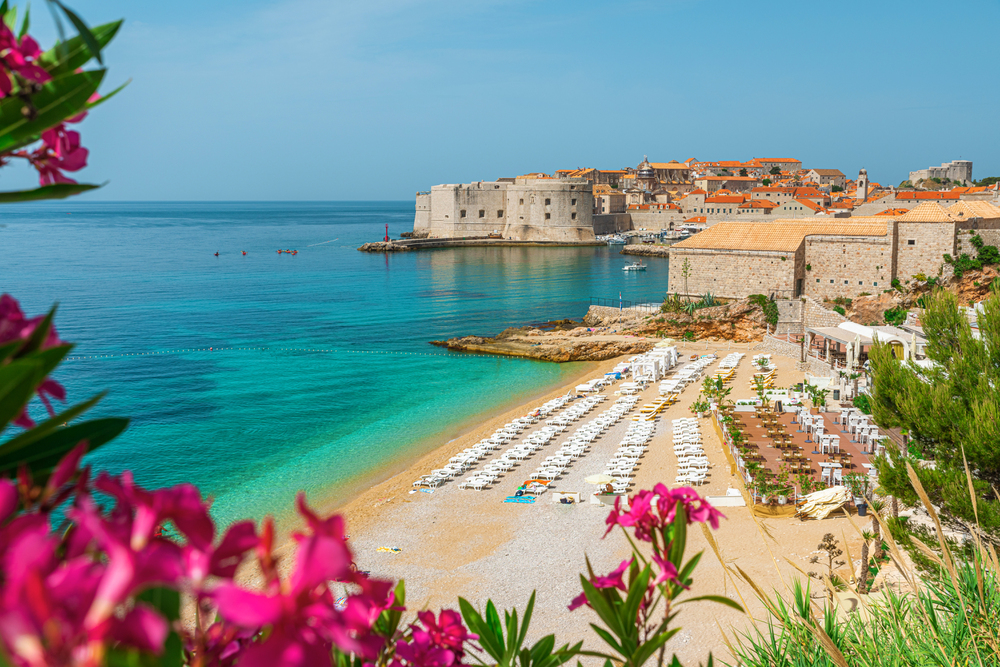
Limestone streets polished by centuries of footsteps wind between perfectly preserved medieval buildings enclosed by massive defensive walls. The unified architectural style creates a remarkably cohesive cityscape despite earthquake damage and war threatening its existence several times throughout history.
Walking the city walls provides sweeping views of terracotta rooftops against the azure Adriatic Sea, revealing why Dubrovnik earned its nickname as the ‘Pearl of the Adriatic.’
Machu Picchu, Peru

This fifteenth-century Inca citadel clings to a mountain ridge 8,000 feet above sea level. Its precise stonework requires no mortar yet has remained earthquake-resistant for over 500 years.
The astronomical alignments of key structures demonstrate the sophisticated understanding of celestial movements that informed Inca architecture and urban planning. Morning fog often shrouds the site before dramatically revealing the full complex, enhancing the mystical quality of this mountain sanctuary.
Historic Center of Prague, Czech Republic

A thousand years of architectural styles coexist in extraordinary harmony across Prague’s old town, castle district, and a Lesser Town. The famous Charles Bridge, lined with baroque statues, connects these historic areas across the Vltava River.
Gothic spires, Renaissance palaces, and art nouveau facades create layered streetscapes that reveal the city’s evolution from a medieval trading center to an imperial capital.
Like Travel Pug’s content? Follow us on MSN.
Ancient City of Bagan, Myanmar

Over 3,500 Buddhist temples, stupas, and monasteries spread across a plains landscape, creating one of Asia’s most extraordinary archaeological zones. The brick structures date primarily from the 11th to 13th centuries when Bagan served as the capital of the Pagan Kingdom.
Sunrise balloon flights offer unparalleled views of the temple plain, revealing the full scale of this remarkable concentration of religious architecture.
The Alhambra, Spain

Moorish architectural genius reaches its zenith in this palace-fortress complex overlooking Granada. Intricate geometric patterns cover walls and ceilings, while courtyards incorporate reflecting pools that mirror the elaborate structures and create natural cooling effects.
The interplay of light, water, and ornate decoration demonstrates Islamic designers’ sophisticated understanding of creating paradise-like environments within architectural space.
Ancient Temples of Tamil Nadu, India
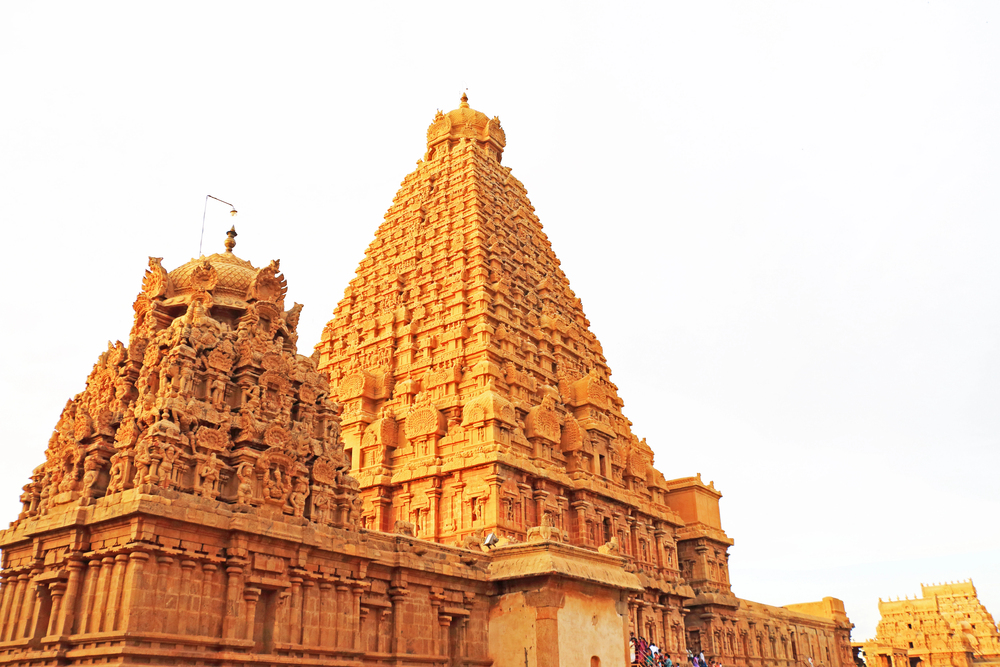
Towering gopurams (gateway towers) covered with thousands of colorful sculptures announce the presence of Dravidian temples throughout this southern Indian state. The Brihadeeswarar Temple in Thanjavur features a 216-foot central tower built over a thousand years ago without modern machinery.
The active religious nature of these sites adds cultural depth to architectural appreciation, as rituals performed today connect directly to traditions established centuries ago.
Like Travel Pug’s content? Follow us on MSN.
Medina of Fez, Morocco
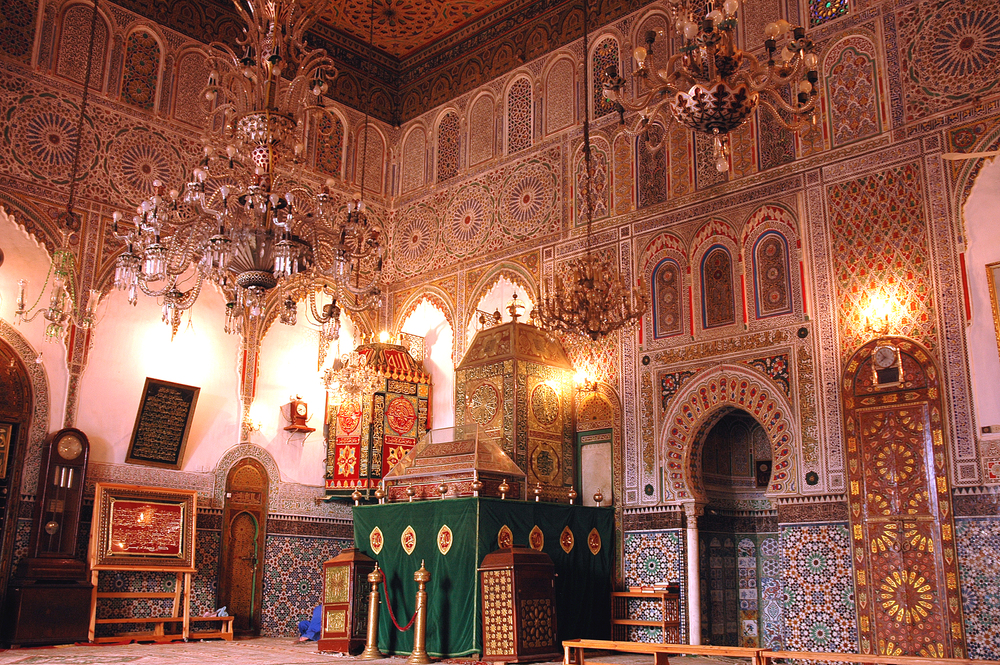
The world’s largest car-free urban area preserves medieval Islamic city planning within its labyrinthine streets and alleyways. Founded in the 9th century, Fez developed as a major center of education, craftsmanship, and trade.
The ancient madrassas (Islamic schools) feature cedar woodcarving, stucco work, and zellige tile mosaics that represent the height of Moroccan decorative arts and continue to inspire contemporary designers.
Historic Center of Mexico City and Xochimilco

The Metropolitan Cathedral and National Palace rise from the former heart of Tenochtitlan, the Aztec capital conquered by Spanish forces in 1521. Nearby, the floating gardens of Xochimilco preserve agricultural techniques dating to pre-Hispanic times.
This layered history creates a unique architectural palimpsest where colonial buildings incorporate stones from Aztec temples, and Indigenous influence persists in spatial concepts and decorative elements.
Ancient Monuments of Hampi, India

The ruins of Vijayanagara, once one of the world’s richest cities, spread across a surreal boulder-strewn landscape in central India. Intricately carved temple complexes, market streets, and water systems reveal the sophistication of this 14th-16th century Hindu empire.
The stone chariot at Vitthala Temple has become an iconic symbol of Indian architectural ingenuity, with wheels that once actually rotated despite being carved from solid granite.
Like Travel Pug’s content? Follow us on MSN.
Historic Center of Salzburg, Austria
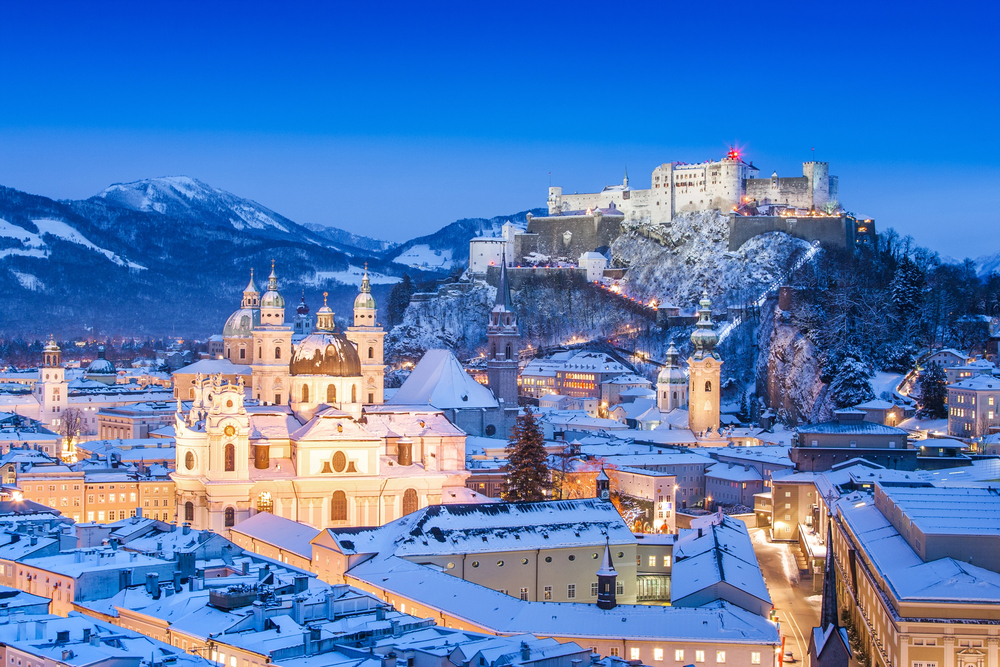
The birthplace of Mozart preserves a remarkably intact baroque cityscape dominated by churches, monasteries, and the imposing Hohensalzburg Fortress. The harmonious relationship between architecture and landscape exemplifies baroque urban planning principles, with dramatic sightlines and spatial hierarchies.
The historic center’s remarkable integrity earned its UNESCO status, allowing visitors to experience 18th-century European urban design with minimal modern intrusions.
Fortified City of Carcassonne, France
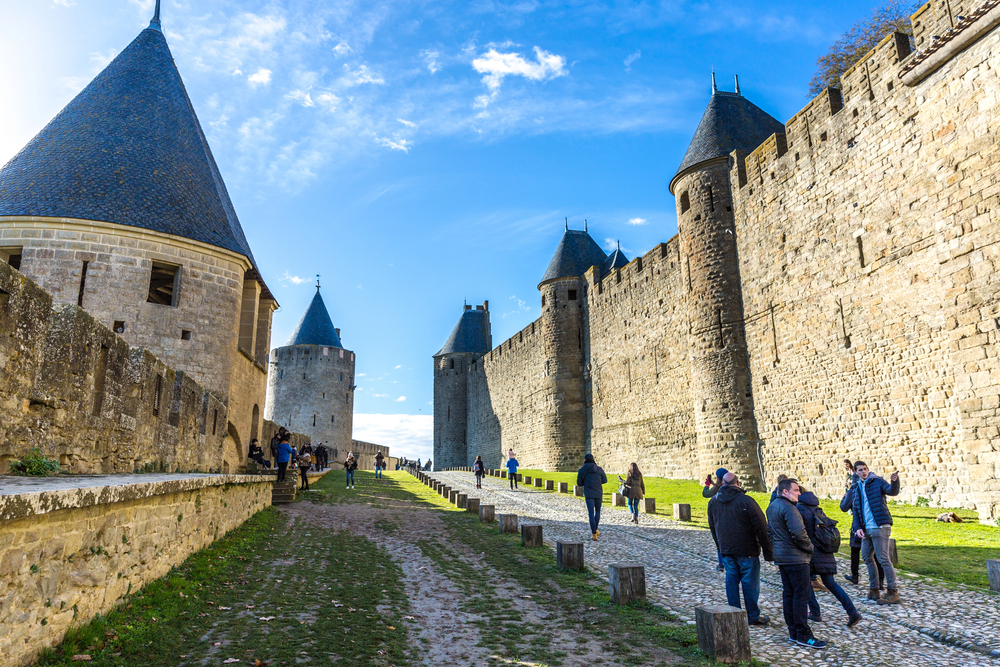
Concentric walls and 53 towers create one of Europe’s most impressive medieval defensive systems, restored to former glory by architect Eugène Viollet-le-Duc in the 19th century. The towers’ distinctive conical rooftops create a fairytale silhouette visible for miles across the surrounding countryside.
Walking the ramparts provides insights into medieval military architecture while offering spectacular views of the Languedoc region.
The Cultural Landscape of Banaue Rice Terraces, Philippines
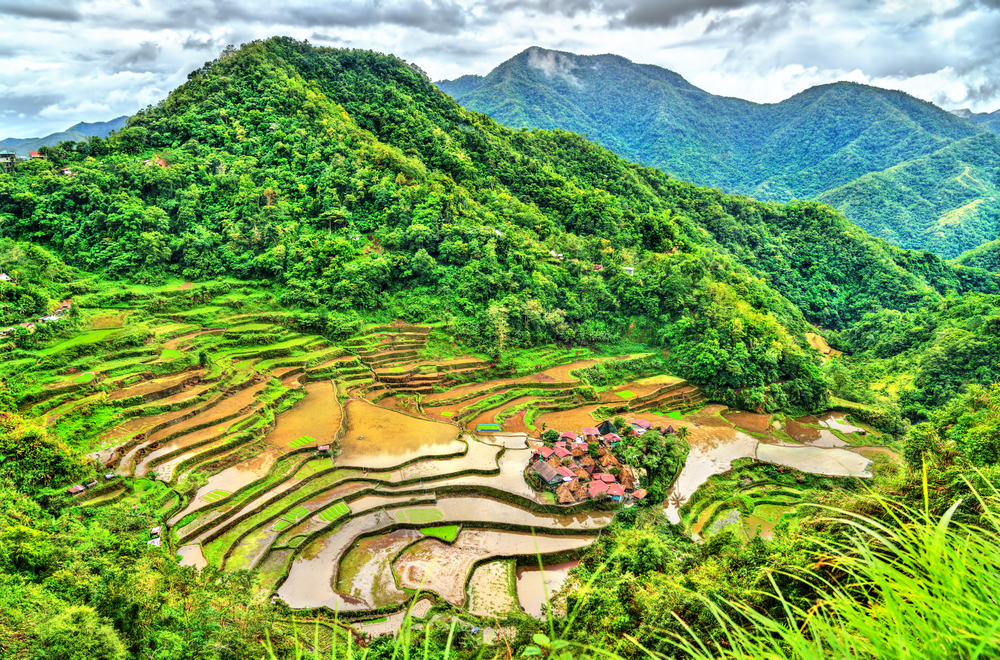
Hand-carved into steep mountainsides over 2,000 years ago, these agricultural terraces represent indigenous engineering that transformed challenging terrain into productive farmland. Often called the ‘Eighth Wonder of the World,’ the terraces follow the natural contours of the mountains, creating a human-altered landscape of exceptional beauty.
The continuing traditional farming practices of the Ifugao people connect modern visitors to ancient sustainable agricultural knowledge.
Like Travel Pug’s content? Follow us on MSN.
Celebrating Our Shared Architectural Heritage

World Heritage sites remind us that despite cultural differences, humans share common aspirations to create beauty, meaning, and permanence through the built environment. These extraordinary places offer more than photographic opportunities—they provide windows into the values, technical knowledge, and creative vision of those who came before us.
By visiting respectfully and understanding their historical context, we participate in the vital work of preserving architectural heritage for generations yet to come.
More from Travel Pug

- Cities Growing so Fast You Won’t Recognize Them in 10 Years
- 13 Destinations Where Tourists Regularly Regret Their Trip
- 20 Obscure WWII Sites Even History Buffs Don’t Know About
- 10 Under-the-Radar Mountain Towns That Are Both Affordable and Beautiful
- Remote Villages in Europe Where You Can Live for Free in Exchange for Work
Like Travel Pug’s content? Follow us on MSN.
